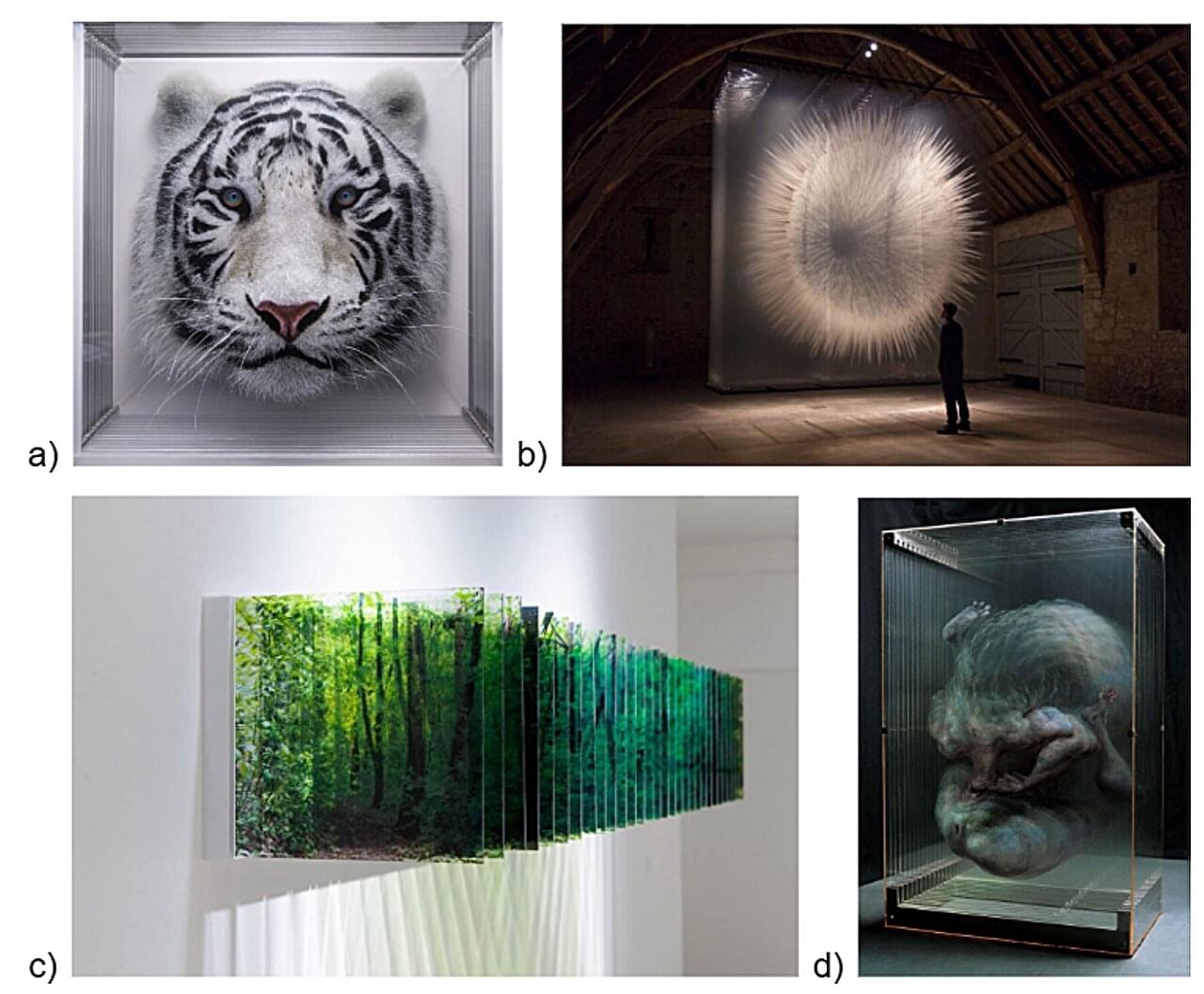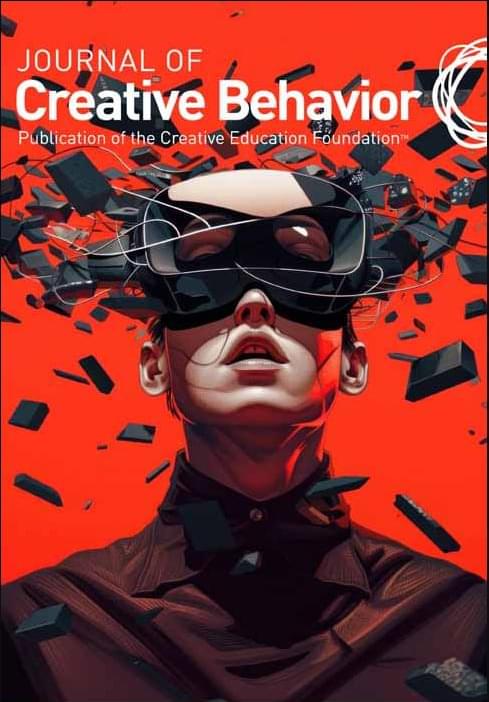Artists are always looking for new ways to create and express themselves. A growing trend is the use of multiple layers of see-through materials, such as Plexiglas, to create paintings that have real depth, transforming two-dimensional images into three-dimensional illusions that feel more realistic and lifelike. But can these layered works be made even more immersive?
A new study, published in Royal Society Open Science, answers this question by demonstrating a novel process to transform a multilayer acrylic painting into a full-color, three-dimensional hologram. In addition to offering a striking way to experience art, this technique provides a novel method for preserving and reproducing valuable works.
The researchers used a painting of a tiger titled “Taxonomy Test 1” by renowned Colombian artist Yosman Botero. He created the artwork by painting in acrylic on nine transparent layers of Plexiglas.



